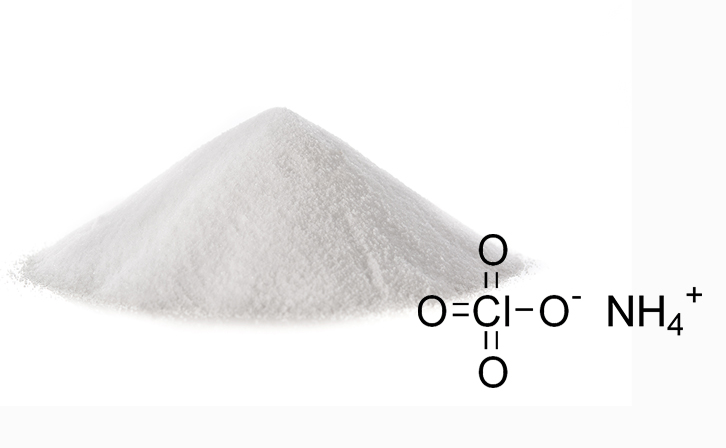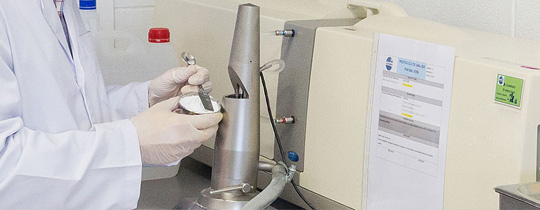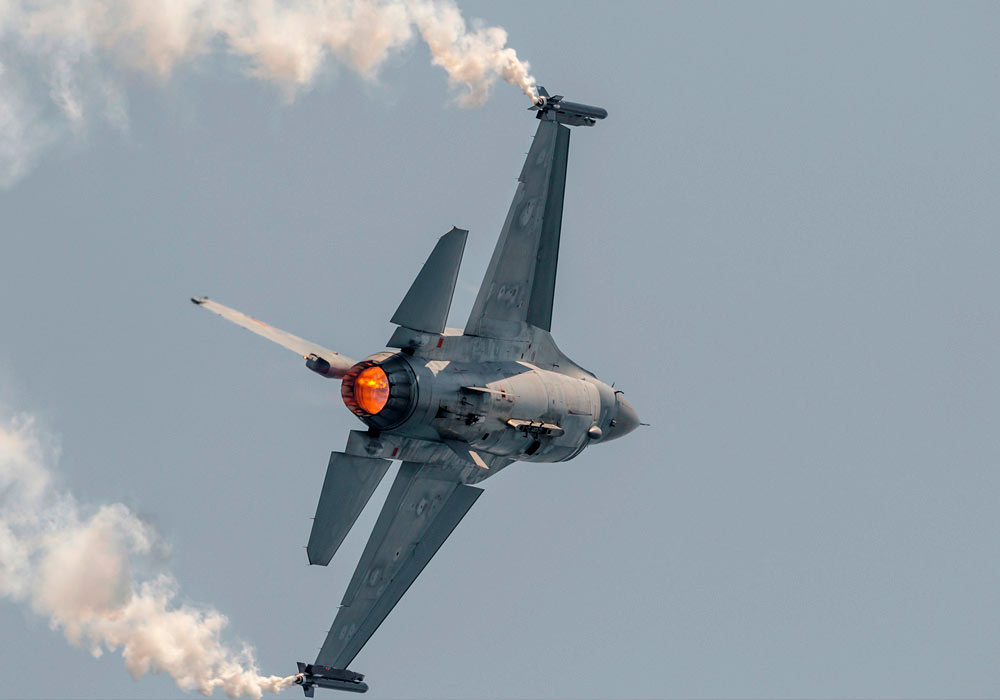Ammonium perchlorate is a chemical compound made from the reaction of ammonia and perchloric acid. It’s an inorganic chemical compound, that means that lacks carbon-hydrogen bonds. These inorganic compounds can be found on the Earth’s crust, such as some of the simplest compounds that contain carbon.
The appearance of ammonium perchlorate is colourless or white solid (depending on its state), and it is easily soluble on water.
What is ammonium?
Ammonium on its own is a cation, that means it is a positively charged polyatomic ion. Ions are charged chemical species, meaning that a polyatomic atom is the one composed of more than one atom. In this case, an ammonium ion contains one nitrogen atom and four hydrogen atoms (NH4+).
An ammonium ion is produced when a weak base, in this case ammonia, reacts with a proton donor, that is an acid. This is demonstrated according to the Bronsted theory that explains that acids and bases can be defined by the way they react with each other expressed in an equilibrium formula. The ammonium ion has the same role as liquid ammonia, a nonaqueous solvent that dissolves alkali metals like magnesium, calcium, strontium or barium among others to form high-conductive solutions.
When the Ammonium ion, a mild acid reacts with a base, according to the Bronsted theory produces an uncharged ammonia molecule. In the same way, when ammonia is dissolved in water, a small amount turns into ammonium ions.
Ammonia is present in the biosphere and it is a great source of nitrogen for all living systems. We can find some plants that rely on ammonia and nitrogenous waste. Nitrogen fixation is a common process essential to life and in which the nitrogen available in the air turns into ammonia (NH3), a compound that most organisms synthesise. Legumes are an example in which they use this symbiotic relationship creating ammonia from nitrogen from the atmosphere. Also, humans excrete ammonia through urine.
Ammonia, can not only be found in liquid form, but it can also be a vapor that, when in contact with hydrogen chloride vapor, it creates a big white cloud of ammonium chloride turning into a white solid thin layer when it settles on surfaces.
An ammonium cation can be found in salts of nitrate such as ammonium perchlorate, decomposing in ammonia and hydrogen.
What is perchlorate?
Perchlorates are chemical compounds that contain the perchlorate ion CIO4 resulting from the dissociation of perchloric acid and its salts dissolved in water. Perchlorates are commercially produced as salts and most of them are soluble in non-aqueous solutions. Its most common use is as a propellant due to its explosive properties as an oxidizing agent but other uses include the control of static electricity in food packaging.
It has been studied that perchlorates can have a harmful effect on human health, affecting the hormone production in the thyroid gland.
The industrial production of perchlorates is made by the oxidation through electrolysis of an aqueous solution of sodium chlorate. Similarly, this is used to produce sodium perchlorate frequently used as rocket fuel. Perchlorates and most specifically, ammonium perchlorate, are used as oxidizers in propellants of rockets and in smaller amounts, they are used in fireworks and the pyrotechnic industry in general. Other uses in different formulations include the control of static electricity in food packaging that stops food from being stuck to the plastic or cardboard packaging. Potassium perchlorate has also been used to treat hyperthyroidism by therapists. As said before, one of the health risks of the ingestion of perchlorates is its effect on the thyroids. It acts as an inhibitor of the thyroid gland and it could have fatal effects on new-borns, fetuses and children.









